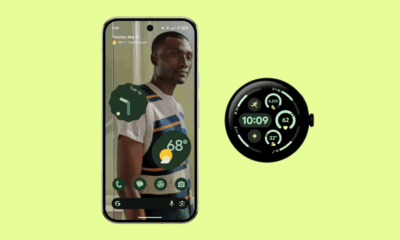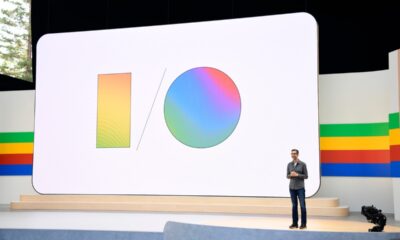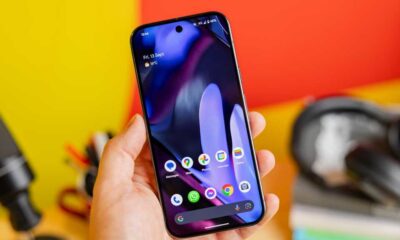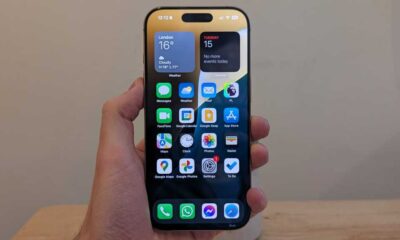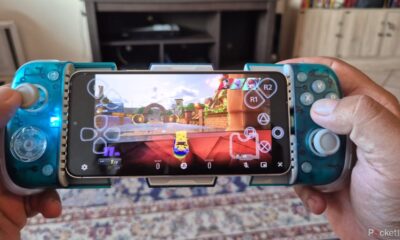Gadgets
I’m glad Android 3-button navigation still exists (yes, I know I’m alone on this)
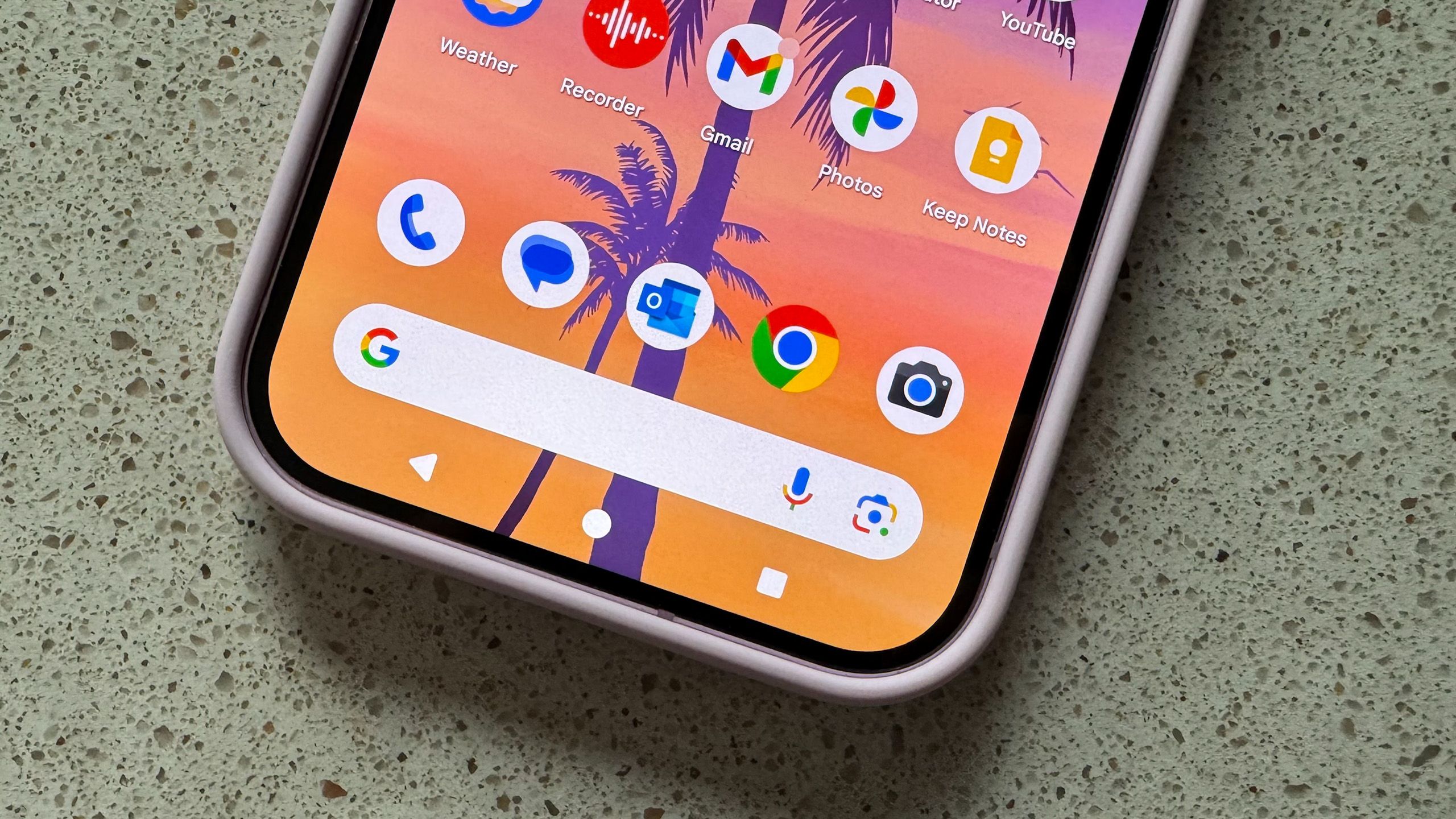
Summary
- While gesture-based navigation is the more fluid and intuitive solution for interfacing with phones and tablets, I have a soft spot for Android’s traditional three-button navigation setup.
- The maintenance of Android’s three-button mode is essential from an accessibility standpoint.
- Google ought to continue improving the three-button setup in congruence with Android’s gesture-based system.
Over the years, we’ve seen a number of navigational modes hit the Android platform. Capacitive and physical buttons, trackballs, on-screen virtual keys, and various gesture systems have all fallen in and out of favor as the preferred method of interacting with the mobile operating system.
One such method, often referred to as the three-button navigation system, is my personal favorite of the bunch. First introduced in Android 3.0 Honeycomb and then popularized in 4.0 Ice Cream Sandwich, this particular interaction model revolves around the presence of three software-based buttons on screen: home, back, and multitasking.
…most modern-day Android devices now ship with a homogenized set of gestures for interacting with the OS.
Before finally settling on an iPhone-esque gesture system of its own, the Android world was briefly fragmented into various interpretations of how a gesture-based OS should function. Google’s hybrid approach on the Pixel 3 proved unpopular, while Samsung’s unique take on the idea was actually pretty neat in my opinion.
In any case, while most modern-day Android devices now ship with a homogenized set of gestures for interacting with the OS, they all have one thing in common: the ability to dig into settings and switch back to the good old three-button setup that I’m oh-so fond of.
As it turns out, Google was flirting with the idea of doing away with software-based buttons as an option entirely, only to eventually reverse course — today, the company maintains the setting primarily for accessibility purposes.
Related
Lock screen widgets are returning to Android, and it’s been a long time coming
Google is re-implementing lock screen widgets as part of Android 16, but the company should have never ripped the feature out of the OS to begin with.
Three-button navigation works great on large-screen devices
Android’s taskbar makes multitasking easy, but it’s also the perfect home for the home button and friends
Google’s decision to preserve the traditional three-button software navigation system for the sake of accessibility is the right call. Gesture-based systems are fluid and intuitive, but they require additional hand dexterity that some users have trouble with.
Personally, I leave three-button navigation enabled for a different reason: I simply prefer the flow it provides when zipping through the OS. Everything feels snappy, satisfying, and kinetic. The button-based solution is more ergonomic, too, and Google actually has data to back this up.
Android’s gesture system doesn’t play nice with third-party launchers.
The three-button setup works great on large-screen Android devices, as well. Android tablets and book-style foldables are growing in popularity, and I find the triple software keys fit right in on the taskbar, proudly perched next to the app drawer and pinned apps sections. On many such devices, it’s easy to toggle between a left-justified and a right-justified setup, which makes reachability effortless.
One final reason why I gravitate to three-button navigation: Android’s gesture system doesn’t play nice with third-party launchers. I love using Niagara Launcher on my Pixel 9 Pro, but despite a growing effort to improve the situation, gestures still don’t work as they should. They’re choppy and unreliable, and they simply don’t feel right to me, no matter which Android device I try them on.

Related
You won’t find these 9 excellent apps anywhere on the Google Play Store
F-Droid is a free and open-source alternative app store for Android – here are my favorite apps that are exclusively available on the storefront.
Google can do even more to embrace three-button navigation
The company can improve Android’s button-based navigation without it negatively impacting gesture-based setups
-

 Destination8 months ago
Destination8 months agoSingapore Airlines CEO set to join board of Air India, BA News, BA
-

 Breaking News10 months ago
Breaking News10 months agoCroatia to reintroduce compulsory military draft as regional tensions soar
-

 Gadgets4 months ago
Gadgets4 months agoSupernatural Season 16 Revival News, Cast, Plot and Release Date
-

 Tech News12 months ago
Tech News12 months agoBangladeshi police agents accused of selling citizens’ personal information on Telegram
-

 Productivity11 months ago
Productivity11 months agoHow Your Contact Center Can Become A Customer Engagement Center
-

 Gadgets4 weeks ago
Gadgets4 weeks agoFallout Season 2 Potential Release Date, Cast, Plot and News
-

 Breaking News10 months ago
Breaking News10 months agoBangladesh crisis: Refaat Ahmed sworn in as Bangladesh’s new chief justice
-
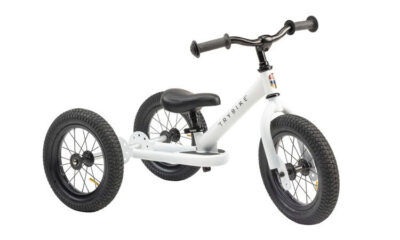
 Toys12 months ago
Toys12 months ago15 of the Best Trike & Tricycles Mums Recommend



